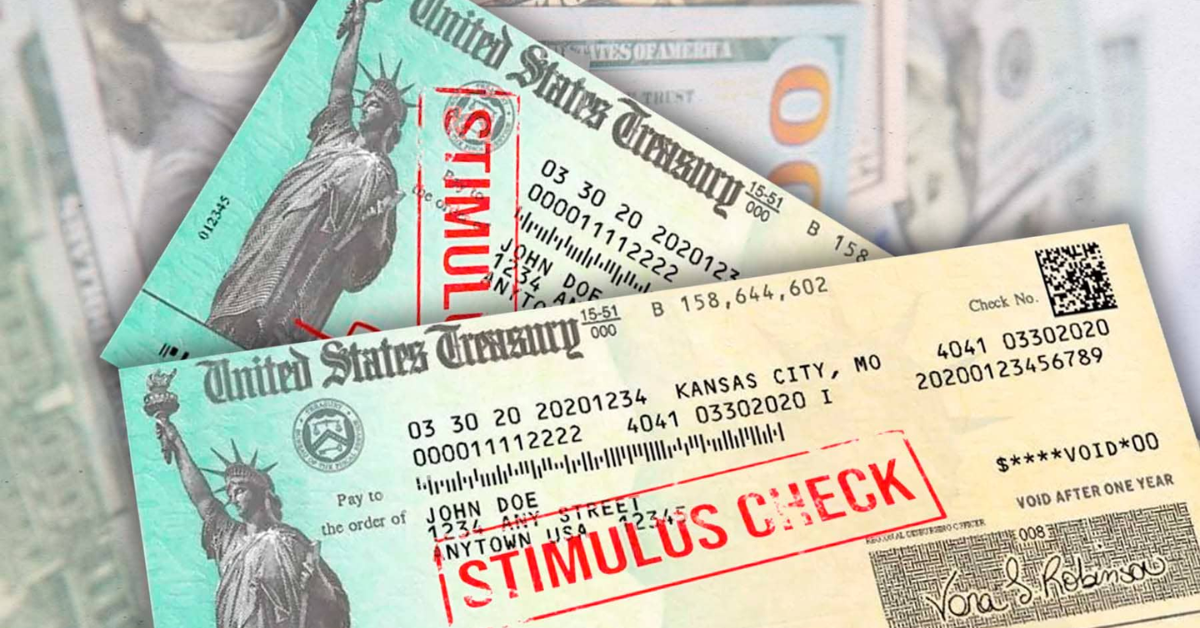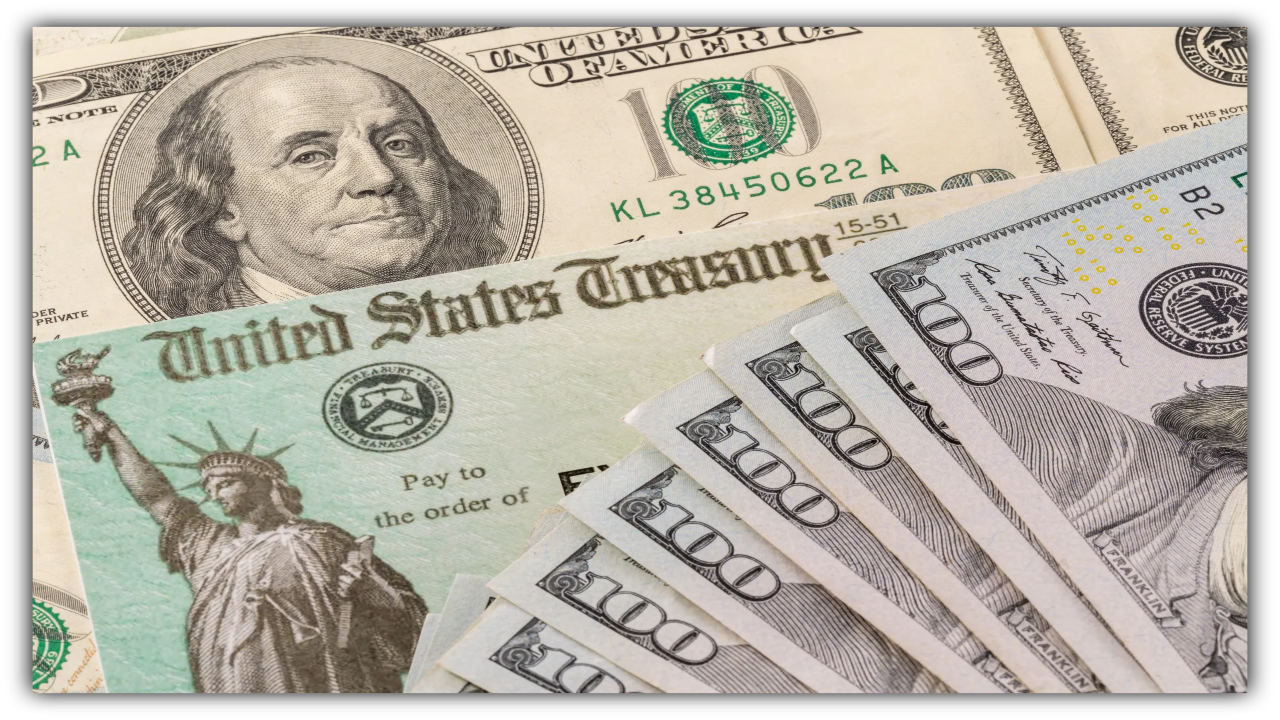The $100 bill, with Benjamin Franklin’s face proudly displayed, has been a cornerstone of U.S. currency for decades. However, its future might be at risk due to several economic and policy considerations. Here’s what you need to know about the debate surrounding this iconic cash and what it could mean for the future of money.
Redesign Plans Are Already in Motion
The $100 bill isn’t disappearing just yet. In fact, plans are in place for its redesign, aimed at enhancing security features to prevent counterfeiting. The Federal Reserve and other government agencies, including the Bureau of Engraving and Printing, are working on a series of updates for U.S. currency.
The redesigned $100 bill is expected to roll out between 2034 and 2038. Other denominations, such as the $10, $50, and $20 bills, will receive their updates before then. These changes are part of an ongoing effort to modernize and secure the nation’s paper money.
The Controversy Over High-Denomination Bills
Despite these plans, some experts argue that the U.S. should phase out high-denomination bills like the $100 note. Critics, including Harvard economist Kenneth Rogoff, believe such bills make it easier to conduct illegal activities like money laundering and tax evasion. Additionally, eliminating these bills could help governments implement negative interest rates during economic downturns.
Rogoff’s arguments have sparked a broader conversation about whether physical cash is still relevant in a world that’s increasingly moving toward digital payments.
The Global Role of $100 Bills
The $100 bill is not just a staple in the U.S.; it’s widely used internationally. In fact, there are more $100 bills in circulation than $1 bills, with a significant percentage held overseas. For many countries, these high-denomination bills serve as a hedge against unstable local currencies.
This global reliance on $100 bills raises questions about the impact of any potential discontinuation on international markets and economies.
The Shift Toward Digital Payments
Digital payment systems and cryptocurrencies are reshaping how people interact with money. From mobile apps to blockchain technology, these innovations are making it easier to go cashless. While this trend is growing, cash remains vital for many, particularly those without access to digital banking or those who value privacy in financial transactions.
What This Means for the Future
For now, the $100 bill isn’t going anywhere, but its role in the economy is being closely examined. The upcoming redesign ensures it will remain part of American life for years to come. However, with debates over its utility and the rise of digital money, the future of this iconic bill is anything but certain.
As the conversation evolves, one thing is clear: the way we think about and use money is undergoing a dramatic transformation.




